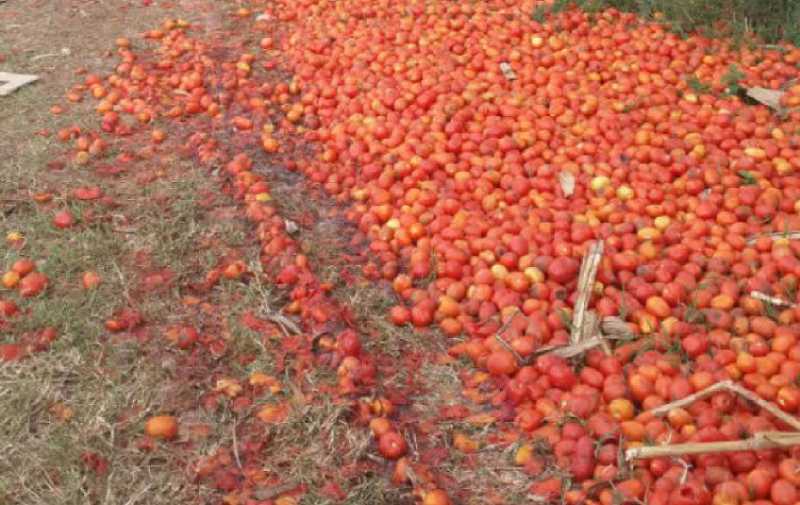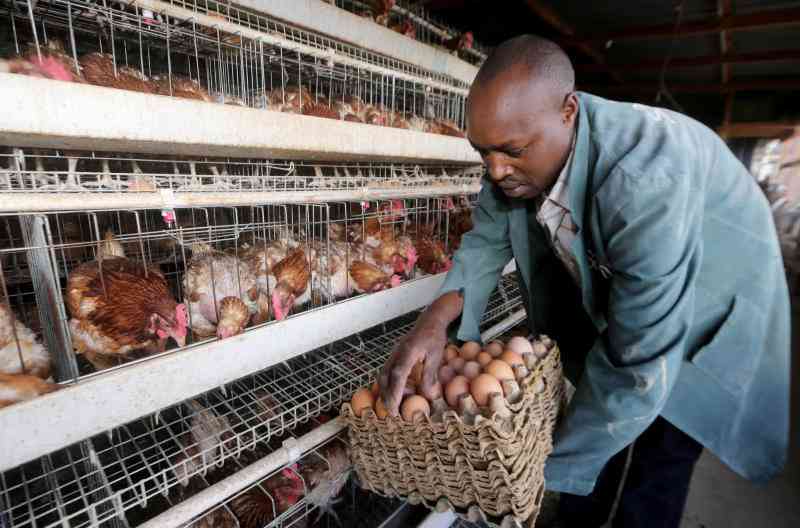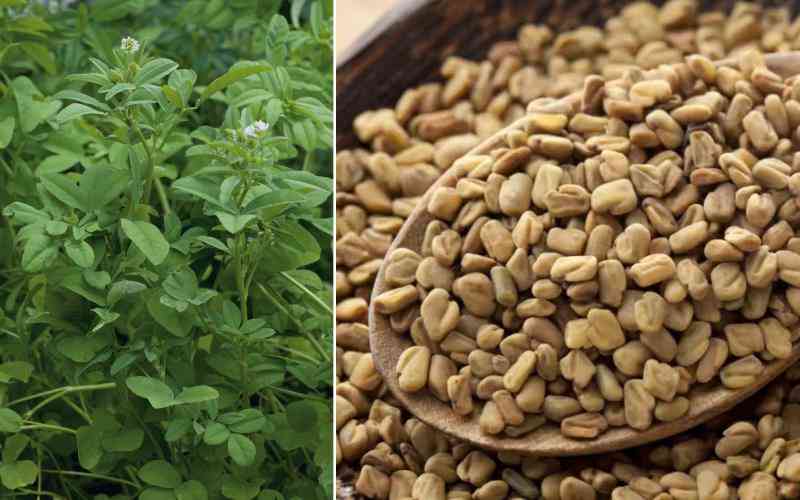How to escape tomato glut come next season

Few weeks ago, farmers were feeding tomatoes to cows while some were throwing them on their farms and along the road. They were forced to do this due to good season that led to a crop glut. If the rains are good, farmers end up with a glut of crops and prices dip. The glut highlights the inefficiencies of the farming value chain.
Sadly, nobody warns you about the glut. In fact, because farmers are motivated by profits, their major interest is in the quantity to grow and they forget about what the market needs at a particular time.
Any effort at calculating quantities required at a particular time suddenly goes out the window. This is why farmers experience glut in other seasons. This is always a cycle. Farmers plant a huge area of a specific crop all at once, and it matures all at the same time. Before you know it, you become overrun by more produce than you can possibly consume. The result – a large part of the crop goes to waste. So what’s the way forward? Succession planting, which ensures you keep a constant, smaller, and more manageable crop coming on just when you need it.
Stagger the planting
Succession planting is simply planting the right amount of seed to have plants to supply the market for a specific period of time. As the growing season progresses, planting is done again a few weeks later so that the harvest will be spread out accordingly.
Succession planting extends the harvest season because you either stagger planting times for a single crop or plant a different crop after one is harvested.
To plant in succession, you simply make smaller plantings separated by two to three weeks instead of planting everything at once. First, determine how much of a certain crop is needed for the market for a 2 to 3 week period and how much room it will take to grow it. Second, break your planting beds into three or four sections to grow your two to three week supply of the vegetable.
Third, as the season begins, plant the first bed; wait about two weeks and plant the second bed, and then plant the third bed about two weeks later. When you finish harvesting the first bed, the second bed will be ready to harvest.The length of your planting season determines how many successive plantings you can make. Depending on the weather, some of your later plantings may not yield well.
Another way to use succession planting is to replace a crop that’s finished producing with a new one in the same place. For example, after you harvest spinach, plant cucumbers for the next season. With this method, you can grow a wider variety of vegetables in a small space.
Putting the principles of succession planting into practice helps take some of the guesswork out of planning, and brings a steady supply of produce, ready for harvest over the longest possible period within reach.
Guesswork planting
Succession planting gives you the ability to: maximise space, extend the harvest window, maintain a continuous supply, optimise quality and yield. It may seem complicated at first, but with practice you’ll get the swing of it.Start with a few main crops and project your harvest dates, then use these three strategies above to find opportunities to extend the harvest. Do the same thing with additional crops next season. Try a few new varieties from to see how they produce for you.
Experiment with high tunnels and low tunnels. Keep track of the details, then analyse the results. You’ll soon be on your way to creating a succession planting plan that provides for abundance and quality and strong sales over the longest possible season.
[The writer is an expert on sustainable agriculture [email protected]]
Want to get latest farming tips and videos?
Join Us
Share this article on social
 The Standard Group Plc is a multi-media organization
with investments in media platforms spanning newspaper print operations,
television, radio broadcasting, digital and online services. The Standard Group
is recognized as a leading multi-media house in Kenya with a key influence in
matters of national and international interest.
The Standard Group Plc is a multi-media organization
with investments in media platforms spanning newspaper print operations,
television, radio broadcasting, digital and online services. The Standard Group
is recognized as a leading multi-media house in Kenya with a key influence in
matters of national and international interest.
 The Standard Group Plc is a multi-media organization
with investments in media platforms spanning newspaper print operations,
television, radio broadcasting, digital and online services. The Standard Group
is recognized as a leading multi-media house in Kenya with a key influence in
matters of national and international interest.
The Standard Group Plc is a multi-media organization
with investments in media platforms spanning newspaper print operations,
television, radio broadcasting, digital and online services. The Standard Group
is recognized as a leading multi-media house in Kenya with a key influence in
matters of national and international interest.







